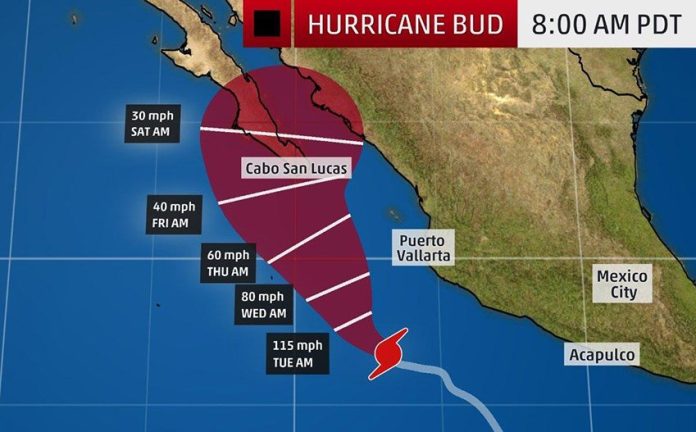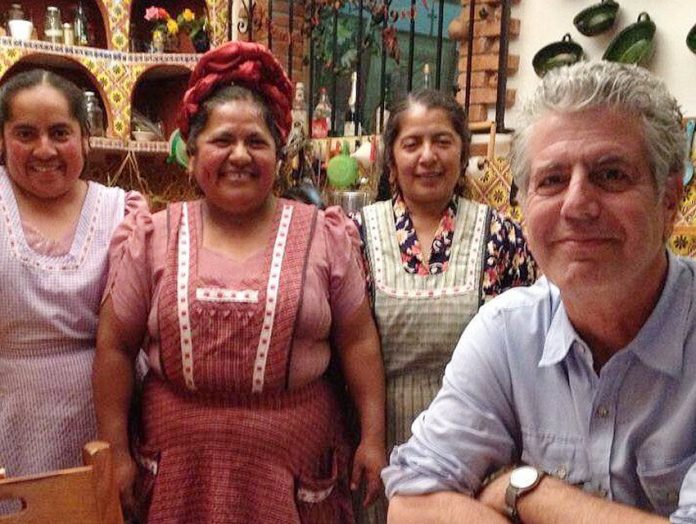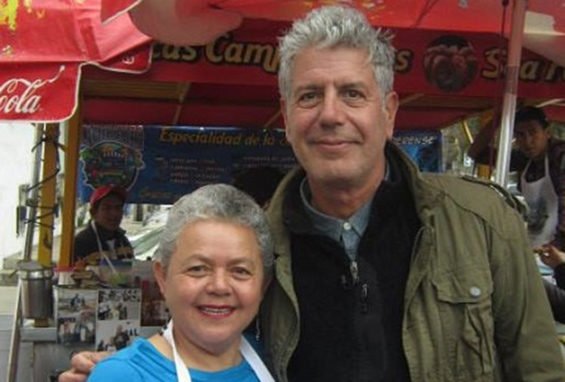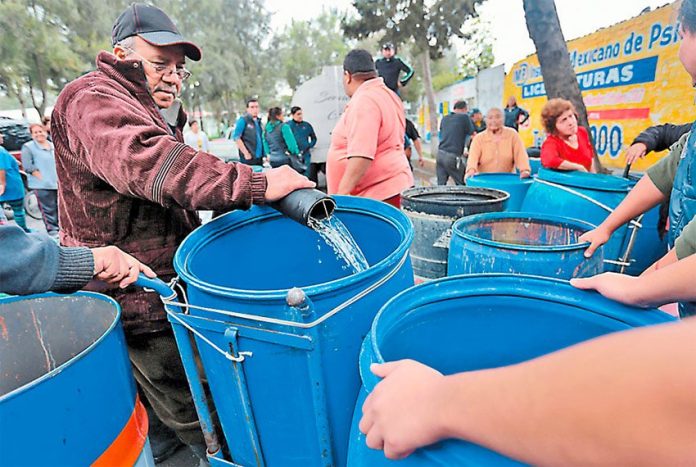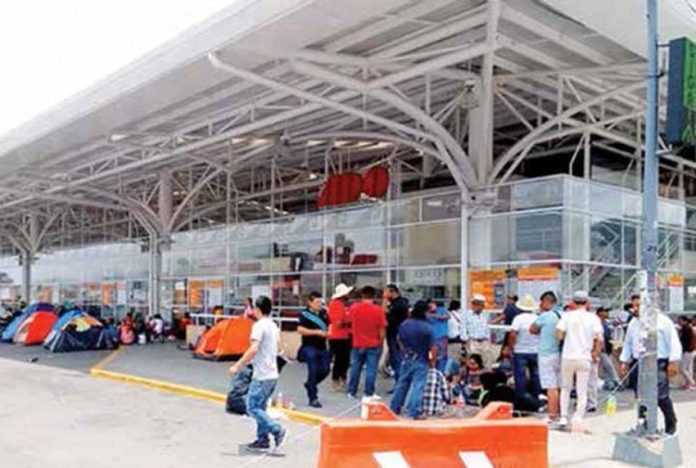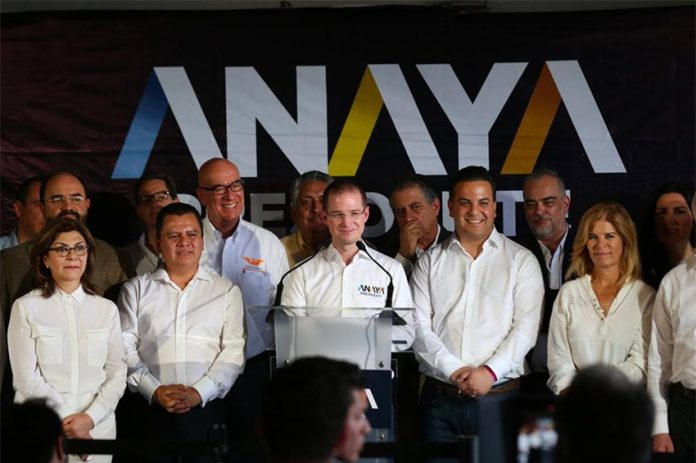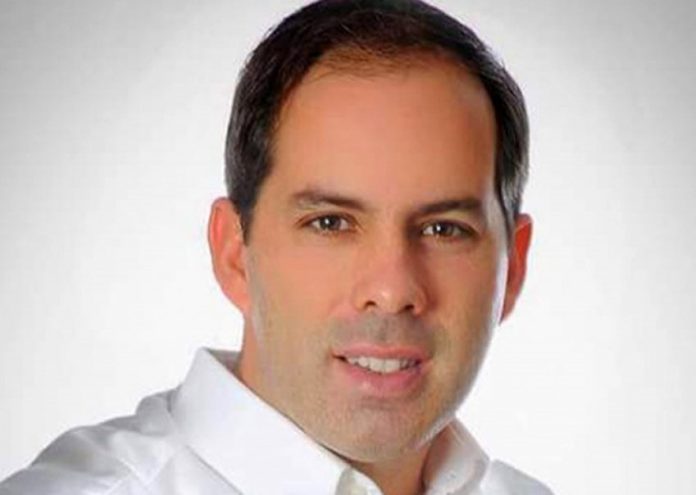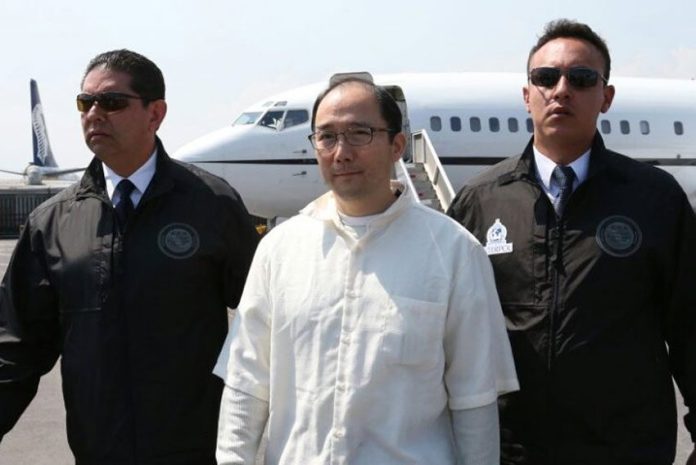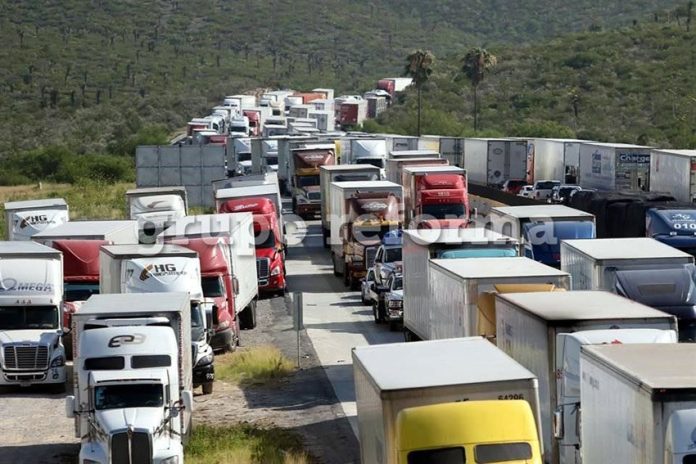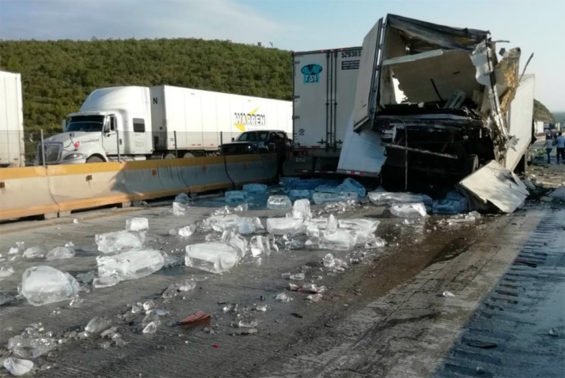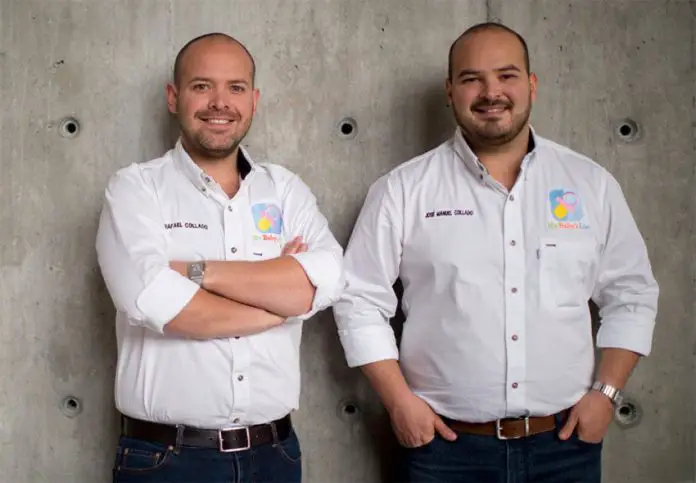Presidential candidate Ricardo Anaya has blamed the federal government for a video in which he is accused of money laundering and using the proceeds to fund his election campaign, triggering a war of words between the coalition he heads and the ruling party.
In the five-minute video released Thursday, Juan Barreiro — the younger brother of Querétaro businessmen Manuel Barreiro, who allegedly transferred 54 million pesos to Anaya as part of a bogus real estate transaction — describes the modus operandi of the money laundering scheme from which the candidate allegedly benefited.
In audio and video that was presumably secretly recorded at three alleged meetings with an unidentified Argentine businesswoman, Barreiro charges that Anaya provided “first-hand” privileged information to a group of Querétaro businesspeople — including his brother — which allowed them to purchase land at prices well below market value.
After it was developed, the land was resold at significantly higher prices and some of the profits were later funneled into Anaya’s campaign via illicit means, Barreiro explained.
He said the group has provided Anaya with “a lot of money so that he wins” and claimed that an Anaya presidency “will open the doors to us for whatever we want.”
Barreiro added that it has become very difficult to transfer more money to the campaign because “they’re checking everything,” citing authorities’ investigation into his brother’s alleged illicit dealings with Anaya as an example.
Asked by the woman whether it’s still worth investing in Anaya’s campaign, Barreiro said that doing so would be “complicated” but added that “there are always ways to do it.”
Since the allegations were first made against him in February, Anaya has denied any wrongdoing and accused the Institutional Revolutionary Party (PRI) of fabricating the allegations against him to damage his chances of winning the presidency.
In a video posted to his social media accounts Thursday, Anaya rejected the claims contained in the new video and accused the Enrique Peña Nieto-led PRI government of waging a “dirty war” against him by using “the same lies” as before.
“First, the content of this video is completely false. Second, it’s a strategy orchestrated and driven by the government of President Peña Nieto to damage my candidacy,” he said.
“Third, they’re attacking me because the day before yesterday [Tuesday] at Ibero [University] I said very clearly that Enrique Peña Nieto is corrupt and I repeated that when I am president, I will task myself with ensuring that he faces justice and if he’s proven to be guilty, that he goes to jail. Fourth, they’re also attacking me because I revealed that Enrique Peña Nieto and [Andrés Manuel] López Obrador have already made a pact . . .” Anaya added.
“Peña Nieto is helping López Obrador by attacking me, the only candidate who can beat him, and in exchange López Obrador promised to pardon him for everything. He even said it publicly. I know that the dirty war against me isn’t going to stop from here until election day,” he continued.
“To you, President Peña Nieto, I hold you responsible for my safety and that of my family. You’re not going to defeat me, I’m not going to surrender. We’re going to win, Mexico is going to change.”
Yesterday, Anaya denied knowing Juan Barreiro, contradicting the latter’s assertion in the video that the candidate had approached his family to ask for money.
Anaya campaign boss Jorge Castañeda, who this week accused frontrunner López Obrador of making a “pact of impunity” with the president, also charged that the video was “orchestrated from Los Pinos,” the president’s official residence.
National Action Party (PAN) president Damián Zepeda added that the video was a deliberate ploy designed to damage and distract Anaya’s campaign.
“. . . We’re not going to fall into the PRI’s strategy. They want us to waste time, for us to spend the last three weeks [before the election] clarifying this,” he said.
Zepeda also charged that the government’s attempts at intimidation have turned physical, explaining that a car Anaya had been traveling in was intercepted and attacked Thursday and the rear windshield was smashed.
Leaders of the two other parties that make up the Anaya-led For Mexico in Front coalition also spoke out against the government’s alleged interference and reaffirmed their support for their candidate.
Democratic Revolutionary Party (PRD) national president Manuel Granados said the possibility of an Anaya victory had made the government nervous, while the leader of the Citizens’ Movement party, Dante Delgado, condemned the government’s actions.
In response, Attorney General Alfonso Navarrete Prida said via Twitter that the federal government “strongly rejects” the claim that it has intervened in the electoral process.
“. . . [the federal government] demands respect from the political actors who are participating in this [electoral] contest by making unfounded accusations which tarnish the climate of civility that should prevail,” he wrote.
PRI candidate José Antonio Meade, who is languishing in third place in most opinion polls, also hit back at Anaya, responding succinctly on Twitter by writing in English: “Insulting and unacceptable.”
At a later press conference, he elaborated on his tweet, which repeated the exact words Anaya used to describe United States President Donald Trump’s assertion that Mexico will pay for his proposed border wall.
“What is unacceptable and insulting is to try to hide behind his candidacy in order to avoid accountability and transparency. Any of us . . . who has committed any kind of offense should be permanently ready to be held accountable,” Meade said.
PRI national president René Juárez Cisneros said the evidence in the video is damning and that the government has nothing to explain.
“. . . Who should be explaining is Ricardo Anaya, he shouldn’t be making excuses for himself for everything that Mexicans saw in the video, it’s clear evidence,” he said. “When you’re looking for arguments to justify defeat, these kinds of statements start.”
The presidential election is just three weeks away and López Obrador maintains a commanding lead over Anaya and Meade.
According to the newspaper El País, there is a 92% probability that he will be Mexico’s next president.
Source: El Financiero (sp), Milenio (sp), El Universal (sp)
